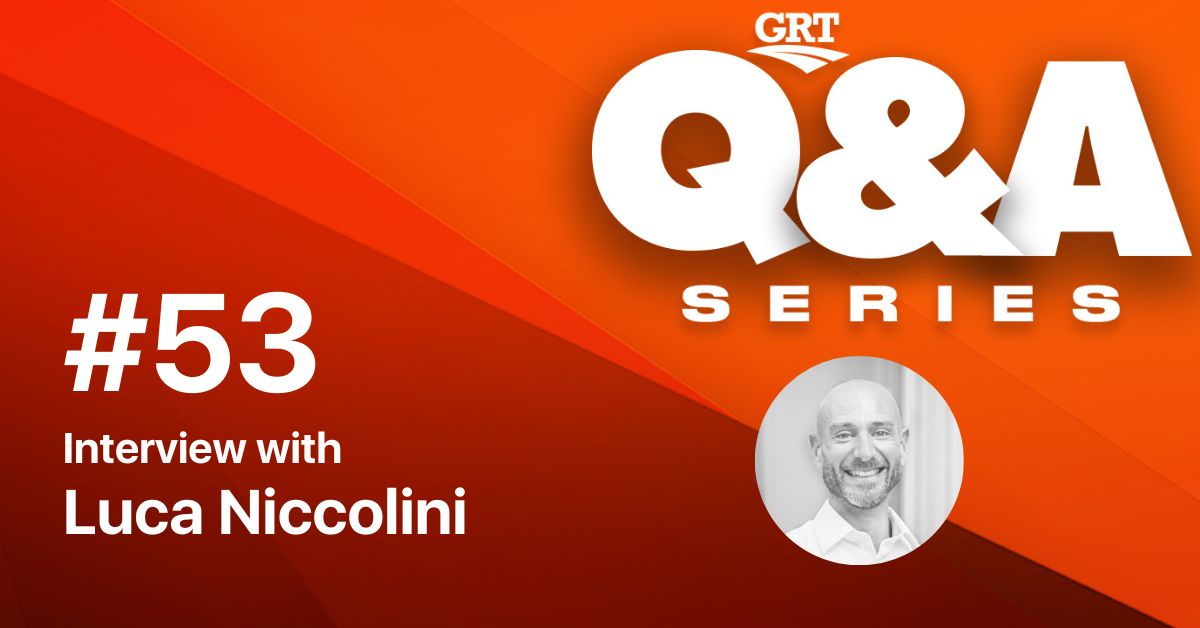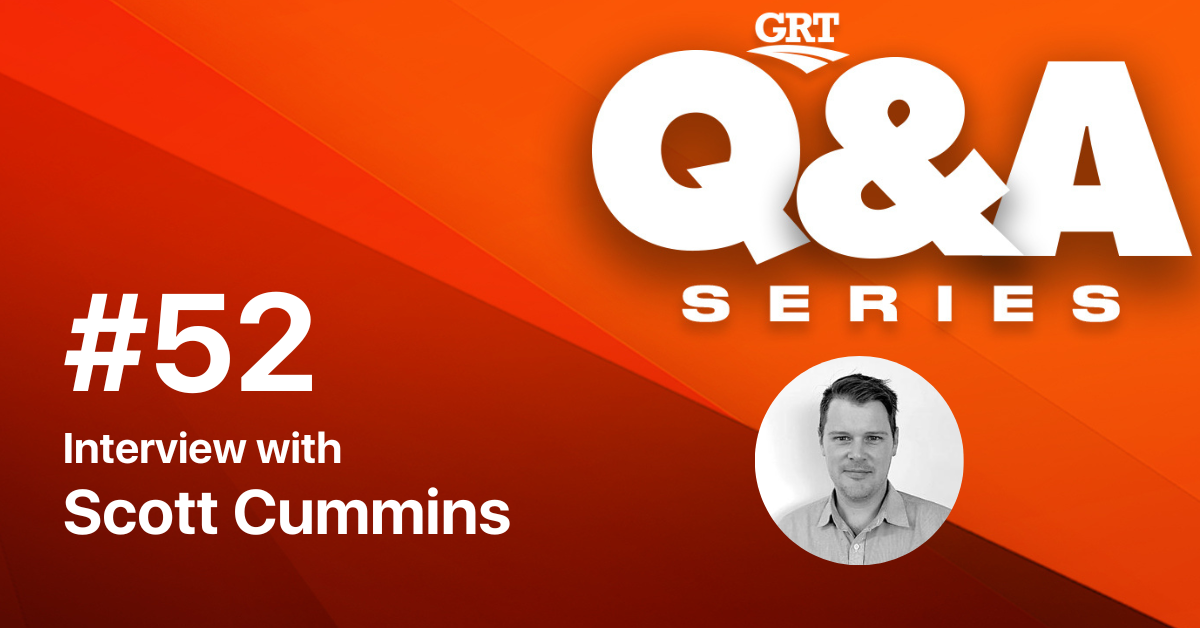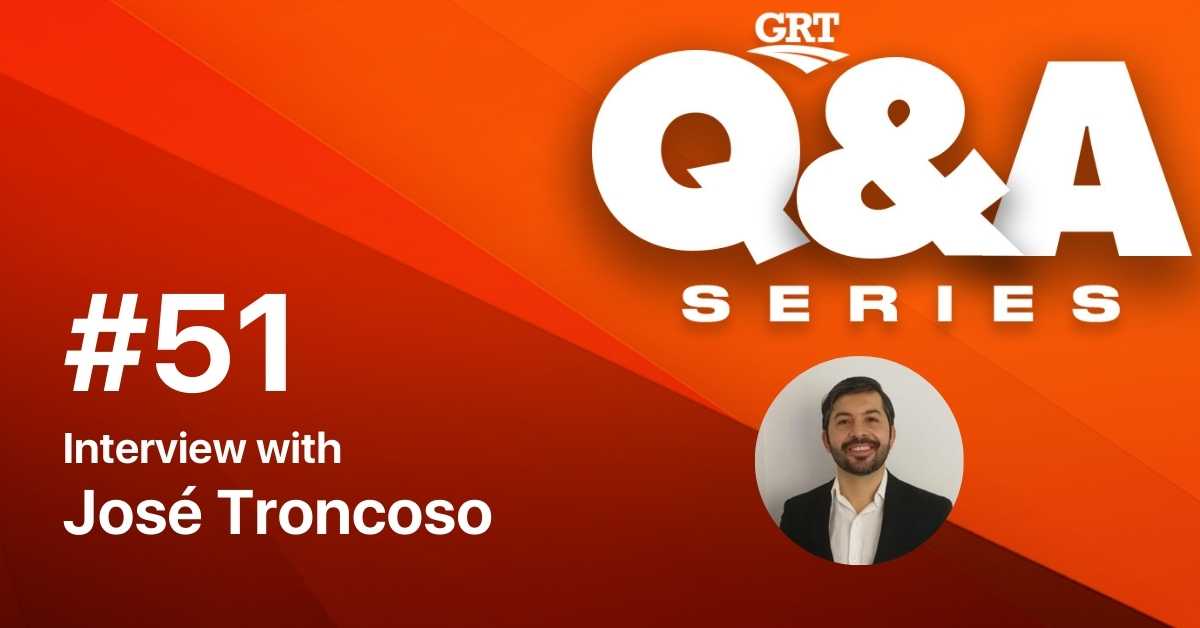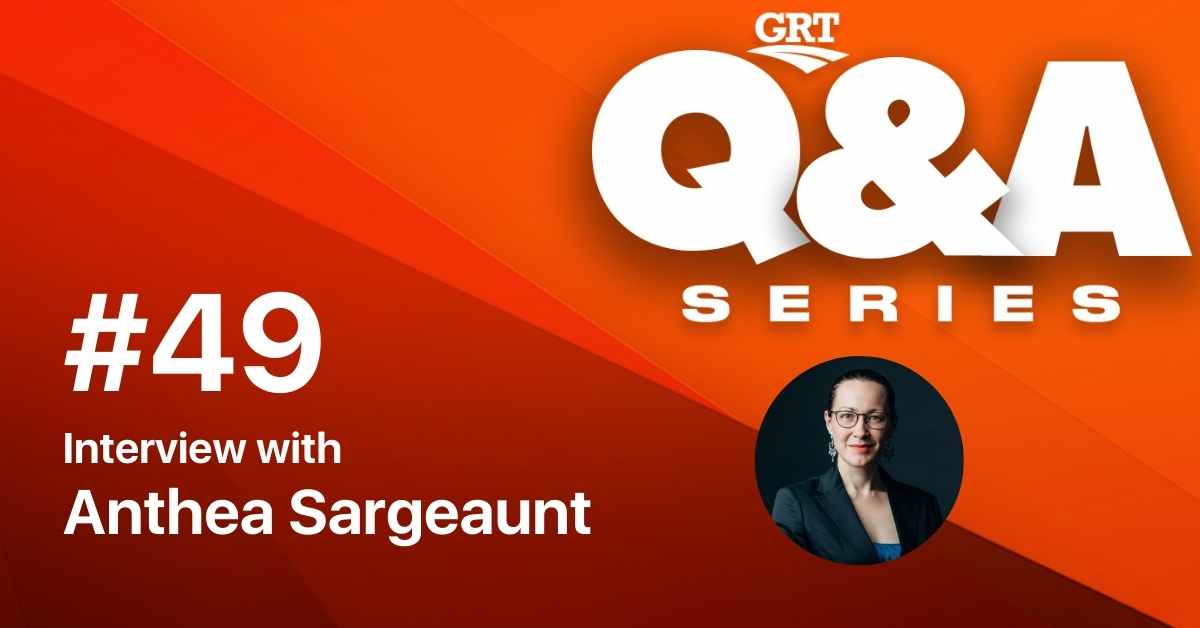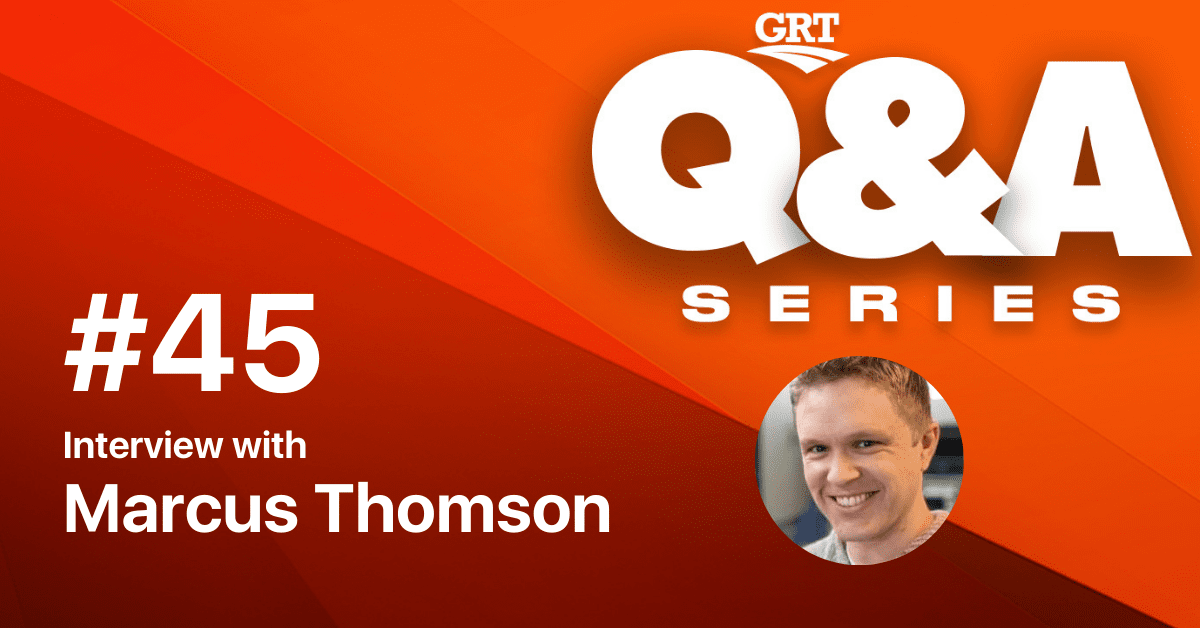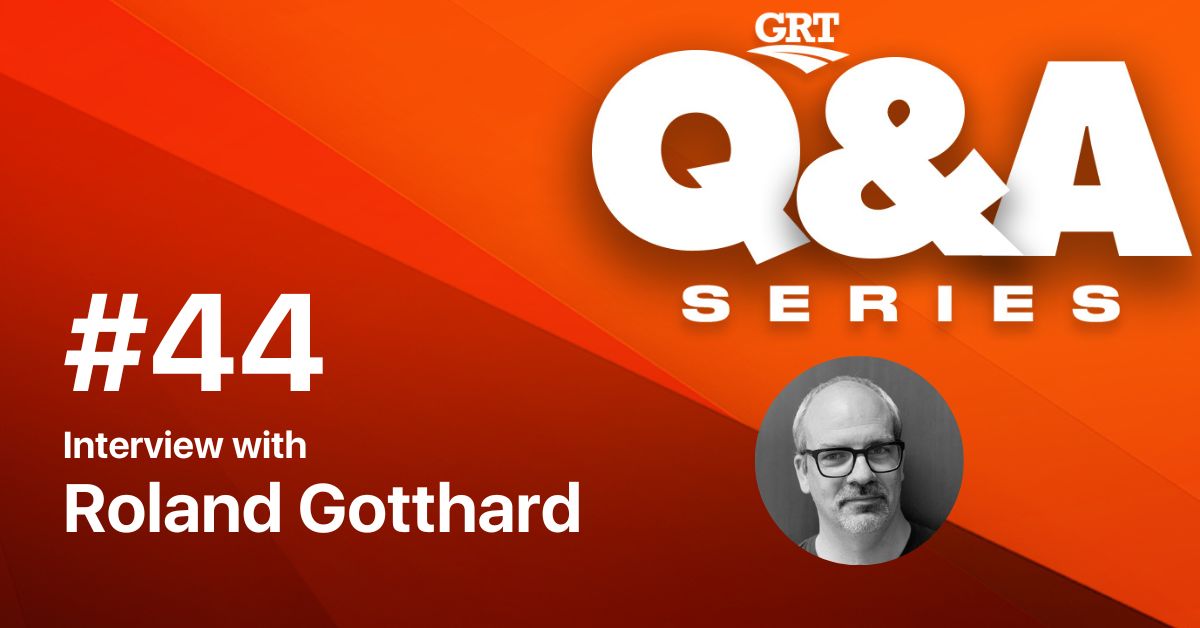Q&A series #36 : Interview with Sally North

About the guest
Sally North has qualifications in chemistry, occupational safety and health, business administration and occupational hygiene and toxicology. Sally leads a directorate of WorkSafe inspectors at the Department of Mines, Industry Regulation and Safety in Western Australia (WA), focussing on occupational health and hygiene, human factors, ergonomics, plant and engineering as well as OSH compliance in the industry sectors of retail and service industries, the public sector, health, education, community services and chemicals and plastics manufacturing.
Topic of discussion: The new Work Health and Safety (WHS) laws in WA
On 11 March 2022, Western Australia’s Minister for Industrial Relations, the Honourable Bill Johnston MLA, announced that the Work Safety and Health laws will be coming into effect on 31 March 2022.
The WA government has recently introduced new Work Health and Safety (WHS) laws. These are a national first in that WHS law for general industry, mines and petroleum operations come together under a single Act in the most important health and safety reform for WA workplaces in more than 30 years.
WA’s new laws harmonise with other Australian States and Territories, except Victoria, although amendments have been made to tailor the laws to reflect WA requirements. Harmonisation is intended to make it easier for businesses and organisations operating across jurisdictional borders.
In this GRT Q&A Series, I am in conversation with Sally North. She is the Director of the WorkSafe Service Industries and Specialists Directorate which falls under the Government of Western Australia’s Department of Mines, Industry Regulation and Safety. Sally is based in Perth, Western Australia.
Q1) A warm welcome to the GRT Q&A Series, it is a real pleasure to have you, Sally. Please kindly tell us more about your role as Director at Department of Mines, Industry Regulation and Safety, Western Australia? How has the journey been to date?
As a director in the WorkSafe area of the department, I manage a team of inspectors conducting compliance work in relation to technical issues (plant, engineering, occupational hygiene, human factors and ergonomics) and also in relation to the industry sectors of retail and service industries, the public sector, health, education, community services and chemicals and plastics manufacturing. Inspectors conduct both reactive investigations, such as investigating workplace safety complaints and injury notifications, and proactive work such as targeted inspection campaigns. There is always plenty of work across a range of issues. We also work closely with our WorkSafe colleagues who manage work health and safety compliance in mining, construction, industrial, regional and petroleum workplaces, and those investigating serious or fatal incidents.
Q2) How do you envisage the future of Western Australia WHS? Is there room for technology and innovation? What role can regulation play in merging efforts towards zero harm workplaces?
Over the years I have worked with WA’s work health and safety regulator, WorkSafe, I have seen an increased focus on managing psychosocial hazards, as well as other health hazards such as silica and asbestos. Additionally, there has been the increased use of automation in plant including autonomous vehicles, which has influenced the types of work done in Australia. Technology both changes work and related risks, and provides opportunities to better manage traditional hazards such as guarding, dust and vehicle movement.
The regulation provides the framework for safe and healthy workplaces, however, it sets the minimum standard. Importantly, the laws include mechanisms to consult workers on workplace health and safety, which is one of the best ways to continually improve performance, as workers have detailed knowledge about work as done and the hazards. Codes of practice and other guidance material and publications, both from the regulator and from the industry, help to inform stakeholders about how to manage hazards. With the advent of social media and alternative forms of communication, such as short-form videos, the opportunities to inform and educate officers, workers and others are broader than ever.
I think the aim of zero harm workplaces should be approached with caution, as it is important to ensure reporting of hazards and incidents is encouraged, and there is a risk with a ‘zero harm’ goal that people might underreport. However, a focus on continual improvement in terms of hazard management, including proactively assessing the controls in place around critical risks, will help workplaces get better safety and health outcomes and manage risk.
Q3) What blueprint has the Department of Mines, Industry Regulation and Safety set to ensure a safe, fair and responsible future for the Western Australian community, industry and resource sector?
The Department provides a broad range of regulatory and industry services, from consumer protection, to geological data, mining tenements approvals, building and energy regulation and safety regulation. The department is committed to providing efficient and effective regulatory services, and great customer service. We are also committed to developing our workforce to support these aims, and providing an inclusive work environment, as outlined in our strategic plan.
In relation to workplace safety and health compliance, the Department works closely with the independent WorkSafe Commissioner, Darren Kavanagh, who is responsible to the Minister for the administration of work health and safety laws in WA.
Q4) Work Safety and Health laws came into effect on 31 March 2022. How monumental is the Work Health and Safety Act 2020 in the fight to combat ‘old problems’ in WHS?
The new laws are a great opportunity for all WA workplaces, whether in mining, general industries, petroleum or geothermal energy workplaces, to take a fresh look at their management of work health and safety risks, particularly their critical risks. In particular, the duties placed on officers (senior decision makers) in organisations to exercise due diligence have provided an impetus for organisations to review their systems. Additionally, it is a valuable opportunity to ensure strong consultative mechanisms are in place, such as health and safety representatives and safety committees, to ensure effective dialogue on these critical issues.
As you allude to, many of the workplace deaths in WA are caused by traditional hazards such as falls from heights, being hit by a falling object, or are related to the use of vehicles or plant. By refocussing on such risks, and undertaking a deep dive as to how they are managed, workplaces can take the next step towards improving controls.
Q5) What are the challenges and dynamics of workplace health and safety? Why is it not a ‘one shoe fits all’ approach?
There is an enormous diversity of workplace health and safety challenges in WA workplaces, from physical hazards such as falls from heights and guarding of machinery, through to health hazards, fire hazards, and psychosocial hazards. Businesses and organisations with work health and safety duties range from micro-businesses to organisations with thousands of workers, and these factors, among others, will influence how they approach and manage risks.
This diversity highlights the value of the risk management approach, in that each organisation understands its unique risks and is well placed to assess and control these, bringing in any specialist advice as needed.
Q6) Mental health is a key for psychological safety. What is the Department of Mines, Industry Regulation and Safety Western Australia doing to make it more common to share and get psychological help in the workplace?
The Work Health and Safety Commission has recently released three new Codes of Practice related to this area, including Codes on Workplace Behaviours, Psychosocial Hazards, and Violence and Aggression at Work. Additionally DMIRS has developed a suite of tools and guidance, and has administered grants to support initiatives promoting mental health at work, and managing psychological risks. WorkSafe employs specialist inspectors to conduct the more complex work in this area and support the broader inspectorate in relation to psychological safety.
Q7) Moving forward, how important are collaborations in tackling WHS challenges in WA and Australia at large. What can we look forward to?
The Work Health and Safety Commission is a tripartite body established as the peak body in WA for work health and safety, bringing together representatives of industry, workers, experts, the WorkSafe Commissioner and the department. This is in recognition of the effectiveness of systems of this type under the OSH law. In particular during the initial phases of WHS laws in WA, peak bodies have a key role in communicating the changes and helping members find the information they need. Additionally, professional bodies in work health and safety, and work health and safety specialist areas (for example, occupational hygienists, ergonomists, organisational psychologists, occupational physicians and engineers) provide great support to businesses in understanding both the legislative requirements, and also their work health and safety risks.
Catch Sally speak as a panellist at the AIM WA event on the 6th of May 2022 to learn more.

Keith Nare
Technical Head of Communications for GRT, Keith leads GRT's content strategy across various platforms, whilst coordinating internally to build the voice and opinions of the GRT team. Keith is a product of Nelson Mandela University and his PhD work focuses on Polymer and Physical Chemistry. He was a Research Associate at SANRAL in South Africa and later spent time as a Visiting Research Associate to NTEC at the University of Nottingham in the UK. He is a former Director of Communications for CALROBO in the USA.
Keith is passionate and enthusiastic about health and safety, sustainability, networking and finding synergy through conversations.
Related Interviews
MORE INDUSTRY ARTICLES
Nothing found.
